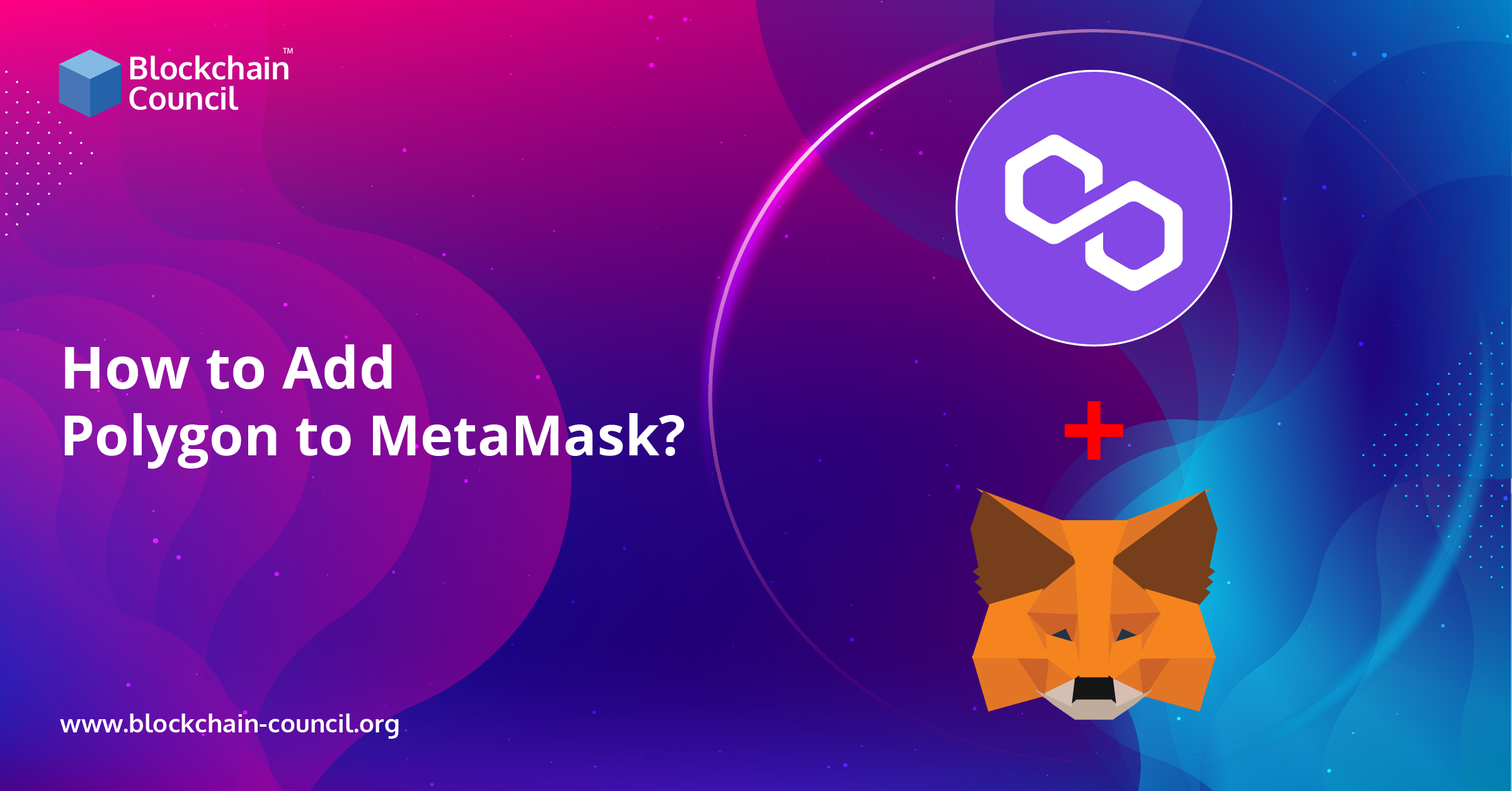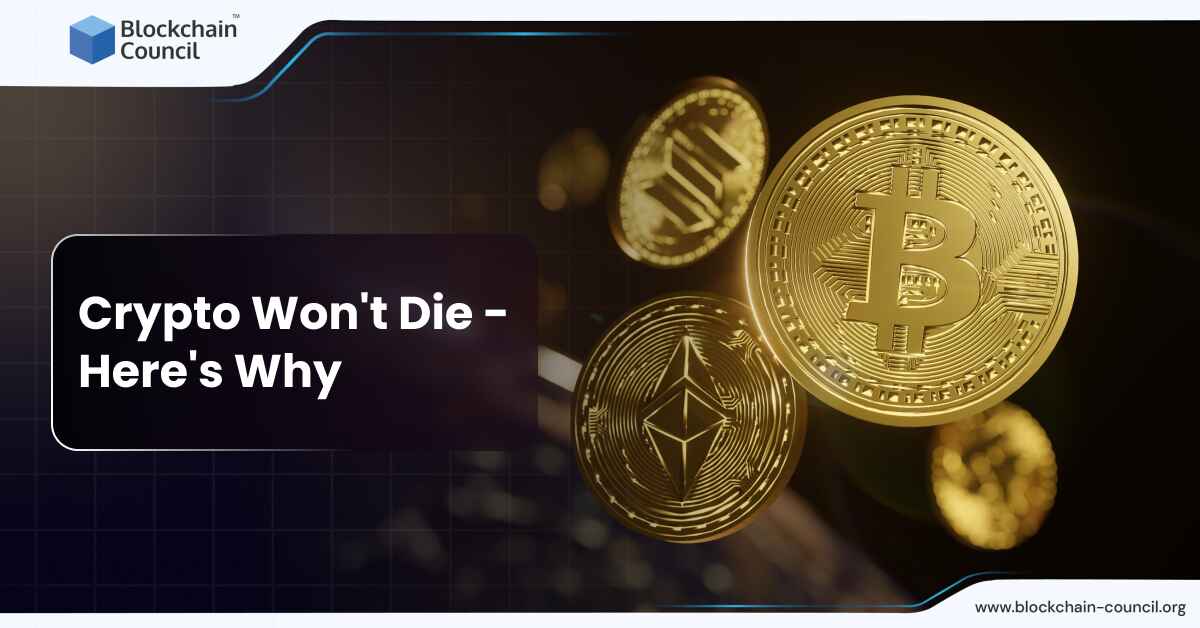
- Ayushi Abrol
- April 21, 2022

The first step is to download MetaMask in your browser of choice; Chrome or Firefox. You will need some Ether (ETH) on installation, also known as Ethereum’s crypto-currency. When you first open MetaMask, it will ask for an account password and display a phrase for a backup Keystore file that can be recorded in case of phone loss or computer failure. The phrase is important since the Keystore file contains the private key to your ether wallet. The private key is used to sign transactions that add ethers to your wallet.
What is Polygon?
Polygon Network is an independent off-chain scaling solution for Ethereum. Polygon will significantly reduce transaction time and gas fees for Ethereum developers and DApps users.
Polygon is an Ethereum-compatible blockchain network and scaling solution framework. Its goal is to improve Ethereum’s ecosystem by giving tools for creating scalable decentralized apps (DApps) and increasing transaction throughput while lowering fees. Aave, Curve, and SushiSwap are just a few of the prominent Decentralised Finance (DeFi) services that have already been deployed on Polygon. You must send your assets to the Polygon network to connect with DApps and utilities on the platform. The Polygon Bridge comes into play here. The Polygon Bridge connects Polygon with Ethereum in a trustless cross-chain transaction channel. It uses smart contracts to allow users to move ERC tokens and non-fungible tokens (NFTs) to the Polygon sidechain.
What is MetaMask?
MetaMask (like Decrypt, which Ethereum incubator ConsenSys supports) is a browser plugin that acts as an Ethereum wallet and can be installed just like any other plugin. Once loaded, it lets users store Ether and other ERC-20 tokens and make transactions to any Ethereum address. Users can spend their coins in games, stake tokens in gambling apps, and trade them on decentralized exchanges by connecting to Ethereum-based Dapps. It also gives consumers a way into the developing world of decentralized finance, or DeFi, by allowing them to use DeFi apps like Compound and PoolTogether.
Metamask is one of the most popular crypto wallets, widely used by early adopters. User’s prefer using Metamask because of its simple user interface and highly secure environment. It is also supported across platforms, but most people prefer using it via its chrome plugin.
Does Metamask support Polygon?
As of today, MetaMask lets you manage Ethereum accounts and interface with our network but only supports ETH. They are actively exploring the possibility of adding support for ERC-20 tokens, but there is a considerable amount of work required to make this happen. As one of the first off-chain scaling solutions, Polygon is quite involved. As of now Polygon is supported in Metamask, and users can easily interact with polygon solutions using the Metamask wallet.
How to Add Polygon to MetaMask? Step-by-step guide:
If you are someone who is looking for a comprehensive guide that lets you load the MATIC token in your metamask wallet, then the section below will be very helpful. Here, we have given a detailed step-by-step guide to add polygon in your wallet, and also use its unique bridging features. So let’s begin:
Installing and setting up MetaMask
- Step 1: MetaMask can be downloaded and installed from the MetaMask website for Chrome, iOS, and Android. Always double-check that you’re downloading the official MetaMask plugin from its official website.
- Step 2: The MetaMask welcome page will appear after downloading and installing the plugin. Click Get started now.
- Step 3: Click the [Create a Wallet] button if you’re making a new wallet. With the [Import wallet] option, you can import a previous wallet using its seed phrase.
- Step 4: MetaMask will ask if you want to share anonymous usage statistics to help them develop the extension. Accepting or rejecting this will not affect how MetaMask works.
- Step 5: To log in to your wallet from your browser, create a safe password. It’s important to note that this isn’t your seed phrase. The password serves as a safeguard against unauthorized access to your wallet by anyone using your device. If you forget your password, you can always use your seed phrase to get into your crypto.
- Step 6: MetaMask will show you information about your wallet’s seed phrase after choosing your password. If you’re unfamiliar with how a crypto wallet works, read it.
- Step 7: Your seed phrase will now be shown. To view the words, click the lock and write them down in the correct order. Keep the phrase in a safe place (ideally offline), and don’t tell anyone about it. This string of numbers is your wallet’s and its contents’ last backup. To continue, click [Next].
- Step 8: MetaMask will now ask if you want to enable advanced features. We recommend enabling these features, as they’ll be useful when interacting with DApps.
- Step 9: Your MetaMask wallet is configured and ready to use. To see your wallet, click [All Done].
- Step 10: You can pin MetaMask to your Chrome browser’s toolbar by clicking the puzzle symbol and pinning MetaMask to the toolbar. MetaMask will only be connected to Ethereum after the initial setup. Next, we’ll look at how to link Metamask to Polygon.
Configuring the wallet
- Step 1: To add Polygon support to your wallet, you must first add certain network information to the extension. Open MetaMask and select the network option from the dropdown menu.
- Step 2: On the pop-up, click [Add Network].
- Step 3: On the [Add a network] page that appears, fill in the following information. When you’re finished, click [Save].
- Step 4: The Polygon network will now be successfully connected to you.
How to use the Polygon Bridge?
Users can instantly move ERC tokens and NFTs to the Polygon sidechain using the Polygon Bridge. The Proof of Stake (PoS) Bridge and the Plasma Bridge are the two main bridges on Polygon. Both can transfer assets from Ethereum to Polygon (and vice versa), but their security procedures are different.
The Proof of Stake (PoS) consensus mechanism secures the PoS Bridge’s network. It accepts Ether (ETH) and most ERC tokens for transfer.
The Plasma Bridge is for developers who require more security. It enables the transfer of MATIC, ETH, ERC-20, and ERC-721 tokens and employs the Ethereum Plasma scaling solution.
How to send your Polygon assets with the PoS Bridge?
The PoS Bridge is a smart contract that records the number of staked tokens when you transfer them. The deposit amount will be added to a queue where they await confirmation. All tokens are sent at once and are filled up evenly. This means that larger deposits won’t be prioritized over smaller ones. Once your transaction is confirmed, the number of tokens will be locked for a specified period on Ethereum or Polygon, depending on which side the transfer was made from (Ethereum to Polygon is called an exit).
How to send your Polygon assets with the Plasma Bridge?
The Plasma Bridge works the same way as the PoS Bridge, but it uses Plasma Cash rather than Proof of Stake. This means that each token has its own sidechain and can be staked individually. This enables different tokens to be traded instantly on either side of the blockchain instead of waiting for all tokens to confirm before being able to transfer (like on the PoS Bridge). Another difference is that you are free to choose between staking your tokens or transferring them.
How do I access Polygon dApps?
At present, there are just a few apps that support Polygon. Currently, the best supported DApp on Polygon is CryptoCurve. It’s an exchange that supports both ERC-20 tokens and NFTs.
Trends Following the Emergence of Matic and MetaMask
The MetaMask wallet will be the secure intermediary between Ethereum and Polygon. Users will have the ability to transfer tokens across chains without exposing private keys, making it easy to add token support to their MetaMask wallets. In addition, because users will not be able to access their private key or seed phrase, a user’s MetaMask coin balance cannot be stolen by malware.
Facilitating the use of Polygon tokens on MetaMask is an opportunity for Binance to push its competing product, Polymath. Binance has invested heavily into Polymath, which it hopes will become a standard way of managing securities and other financial products on Ethereum. Like Polygon, Polymath is a security token platform. The company has released its wallet, the Polymath Wallet, supporting NFTs.
Polymath also has its blockchain compatible with Ethereum, like Binance Chain and Polkadot. This makes it even easier for projects to go to market with their token offerings. And in the future, security tokens will be able to have their side chains. Projects that use Polymath will get all of this infrastructure for free. This is one of Binance’s key value propositions: companies can save resources and time by not having to build all of this functionality from scratch.
Binance’s other ‘Binance’ Token, Binance Coin (BNB), also has its wallet. The Binance Chain and Polymath will greatly increase the use case for this token, which can be used to pay transaction and listing fees on the two blockchains (only BNB holders will be able to pay these fees). Finance and Polymath plans are incredibly ambitious and extend far beyond just making it easy to add security tokens to a MetaMask wallet.
On the Polygon side, the company has an interesting opportunity to effectively provide a turnkey platform for DApps to get faster and greater scalability by deploying their DApps on Binance Chain (or Polkadot). In addition, Polygon could make it easy for DApps to use Matic or as a way to access on-chain/off-chain transactions and data. This is something Polymath also has been thinking about.
Recent Developments Advancing Matic and MetaMask Technology
Polygon Mainnet
The Matic Network recently launched its mainnet after they successfully raised $24M in private funding from notable companies such as Tencent and Sequoia India.
Matic Wallet
One of its future projects, the Matic Wallet, will be a mobile wallet that supports ETH and ERC-20 tokens. At launch, users will be able to send and receive ETH and tokens from the wallet. Other features will be released later on. Matic is also releasing an SDK that developers can use to create custom wallets (this was initially going to come out later).
Even though MetaMask is not a mobile wallet, it could use this SDK in the future as an easy way of connecting with MetaMask wallets (which are on the desktop). This would enable users to take their Matic/MetaMask wallet on mobile devices. The release of Matic’s mainnet and its wallet won’t be the only thing happening with MetaMask. On the 4th of June, research on the CryptoKitties Casper project will be presented to the Ethereum community. This is an interesting use case for MetaMask. It will allow Casper to run on MetaMask, potentially allowing users to have full control over their ETH without downloading a separate wallet.
Binance enabling support for ERC-1155 tokens
Further, Binance has announced that they will be enabling support for ERC-1155. This means that exchanges can now issue their tokens using the Ethereum network. This is a big step forward in enabling various decentralized exchanges on the Ethereum blockchain. However, trade volume on Binance Chain (BNB) is still very small. For example, the volume of ETH traded on Poloniex is nearly double, although only 40% of Matic’s daily volume comes from Binance Coin (BNB). It will be interesting to see whether or not BNB reaches the same level of trading volume as ETH on other exchanges in the future.
Conclusion
Binance Chain, Polymath, and the Polygon network all have the potential to become major cryptocurrencies by enabling Ethereum users to move between the two blockchains seamlessly. This is good news for all projects on Ethereum, as it lowers the cost of entry for using their platform. In addition, a polygon has its own set of security tokens called MATIC, which Polymath is designed to support. Binance is trying to push its project in this area since it sees security tokens as a key way in which blockchain technology will disrupt the crypto economy — and Finance wants to be leading that disruption.





































































 Guides
Guides News
News Blockchain
Blockchain Cryptocurrency
& Digital Assets
Cryptocurrency
& Digital Assets Web3
Web3 Metaverse & NFTs
Metaverse & NFTs
